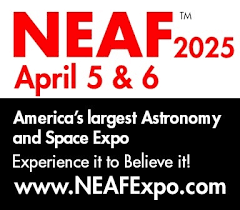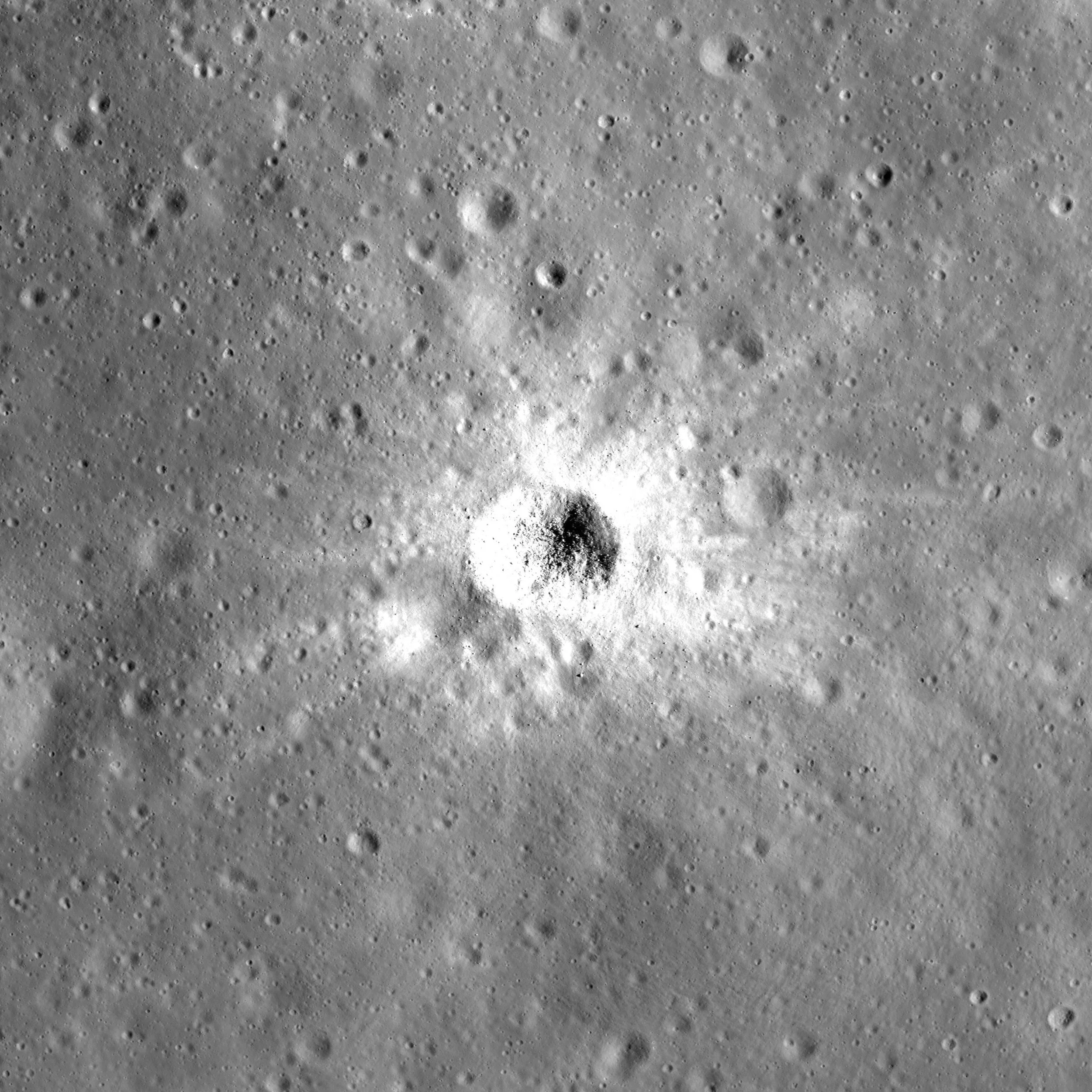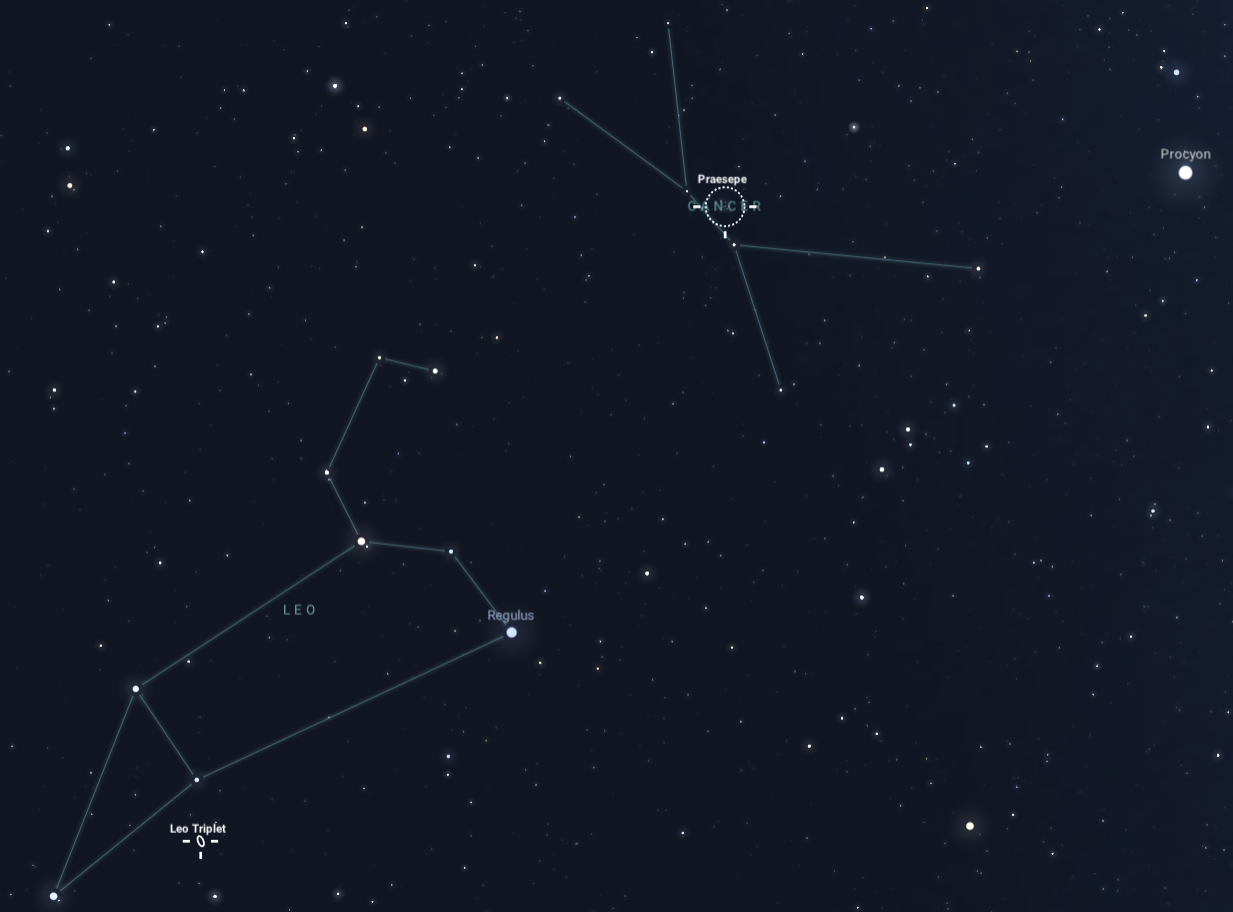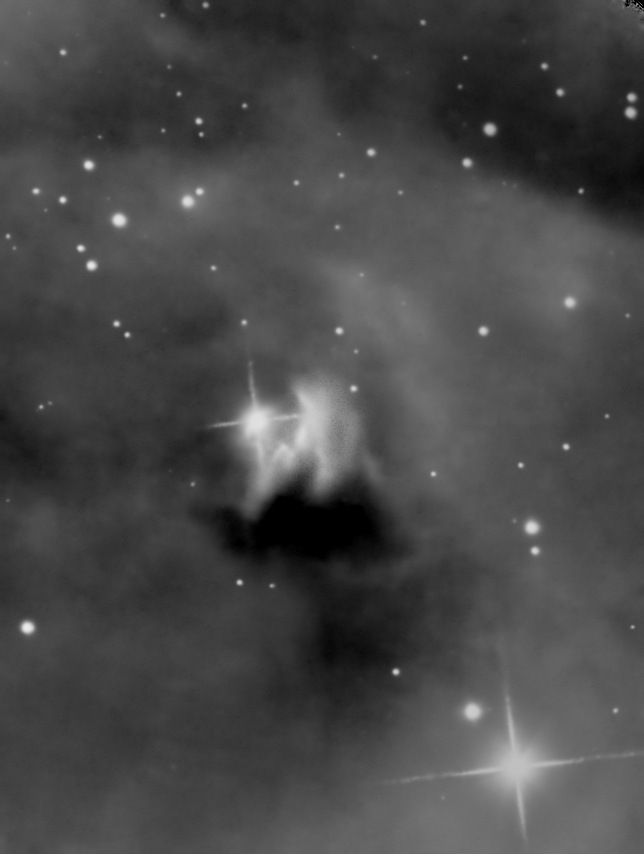Astral Projections Online March 2025
Check our Website for updated content at www.astra-nj.com
Club Presentations Wanted:
Does anyone have any astronomy items of interest to share with the membership?
Please let us know at Club Contacts.
Club dues and membership. If you renew after March 31 you will be renewed as a new member.
ASTRAL PROJECTIONS ONLINE (APO for short) is an email-linked publication for members only. If you exit APO to the club website or other resources you will need to use the emailed link again to get back to it. If you wish to retain a copy please bookmark or refer back to the email. We will make all efforts to post by the first week of the month.
Submissions Welcome: Members are invited to submit articles, photos, news, or stories for inclusion with Astral Projections Online. Please contact the ASTRA Webmaster.
Event Calendar
EVENT Cancellations: Members will receive email notifications of an event cancellation.
Upcoming March ASTRA Meeting
ASTRA's next meeting will be Friday, March 14, 2025, at 7 PM EST.
Upcoming Star Parties
March 1, 2025 - Cloverdale - 6 PM
March 22, 2025 - Jakes Branch - 8 PM
April 5, 2025 - Jakes Branch - 8:30 PM
Upcoming Public, County & State Park Presentations 2025
Public Outreach Presentations, if any member wishes to support ASTRA outreach efforts with the public, please let Vinny, Ro, or Jim know of any interest. Additional help for these events is always appreciated.
County and State Park presentations require a registration fee, call the hosting park to reserve.
March 4, 2025 - Cattus Island - 6 PM - Milkyway Photography
April 3 - 5 PM to 8 PM - Toms River High School North - Greenfair
April 26 - 10 AM to 3 PM - Cattus Island - Nature Festival
Website Updates …
Please visit our club website. We continue to have additional updates, if some content would be useful to members please let us know.
“Equipped with his five senses, man explores the universe around him and calls the adventure Science."
- Edwin Hubble, Astronomer
ASTRA Meeting -
March 14 at 7 PM
In our March meeting, John Enderson will present
"Setting up and using a go-to telescope." We will meet at 7 PM in the planetarium meeting room.
We ask members to support our ASTRA meetings on Astronomy items of interest for presentations for 2025. Please let Jim, Ro, or Vinny know.
Event Reports
The February star party was canceled due to the weather.
Between the clouds and controlled burns, it wasn’t in the stars for us.
February ASTRA Meeting Summary
Our February 2025 meeting was a doubleheader. First up was Phil Zolner's review of his trip to Lowell Observatory. Plenty of images and looked like an interesting location to visit, if you're ever out that way. Wrapping up our presentations was a presentation from Vic Palmieri on his Dew Control system and the carpentry work that was done for it. Vic’s woodworking is amazing when it comes to his telescope setup, a true artisan.
County Park Presentations
County Park events are in the lineup again with Cattus Island Nature Festival occurring on April 26. Help from the membership has been great for the two times we were able to participate and looking forward to it again. We will have the ASTRA Table and solar observing, weather permitting. In addition DarkSky New Jersey advocates and SciStarter ambassadors will have another table, making our event corner the biggest. Images below are from 2024.



The next event would be Ocean Fun Day at Island Beach State Park on May 17, with one table setup and solar observing, weather permitting.
Members Submitted Articles & Items
Whatever it is, how you tell your story online can make all the difference.
Contact: Jim Webster, ASTRA President and Webmaster, regarding submissions.
Still Time for Joy with Sandra Levine
When was the last time you explored the night sky firsthand and looked at the moon and the stars? Watch this episode of Still Time for Joy with Sandra Levine, with beautiful images of the moon, the Milky Way, and more, to be inspired to get outside and look up.
Astronomy Club at the NJ Shore spreads passion for Telescopes and Exploring the Universe. This twenty-minute video podcast was an interview with ASTRA’s Jim Webster. Still Time for Joy
The Moon: Our Nearest Neighbor
Let’s explore some interesting features, facts, or myths about our nearest neighbor, the Moon. Without it, life on Earth would be totally different, if not at all.
Moonscapes
Dr. Noah Petro, the project scientist of NASA's Lunar Reconnaissance Orbiter mission, takes viewers on a tour of several interesting sights on the lunar surface, revealing both the scientific value and visual beauty of the terrain.
NASA Space Tech: Hopper
Developed with funding from the NASA Space Technology Mission Directorate (STMD) Tipping Point opportunity, Intuitive Machines' Micro Nova Hopper robot will enable high-resolution surveying of the lunar surface.
For more on Hopper go to YouTube.
Outreach material below is distributed free for public outreach.
Around The Web
Dark Sky News
Dark Sky New Jersey's presentation on December 10 was well received on the impact of light pollution in and around New Jersey for the Association of New Jersey Environmental Commissions. We had over 50 people in attendance.
State Bill A2196
The New Jersey State Lighting Bill is back with the New Jersey State Assembly, and some modifications were made to the bill. For more information the link to the bill is available: https://www.njleg.state.nj.us/bill-search/2024/A2196
AMATEUR ASTROPHOTOGRAPHY for February 2025
On the lighter side of astronomy …
For more go to NASA Jet Propulsion Laboratory webpage: What’s Up: Skywatching Tips From NASA
This article and images are distributed by NASA Night Sky Network
The Night Sky Network program supports astronomy clubs across the USA dedicated to astronomy outreach.
Visit nightsky.jpl.nasa.gov to find local clubs, events, and more!
March Night Sky Notes:
Messier Madness
By Kat Troche
March is the start of spring in the Northern Hemisphere; with that, the hunt for Messier objects can begin!
Showing a large portion of M66, this Hubble photo is a composite of images obtained at visible and infrared wavelengths. The images have been combined to represent the real colors of the galaxy. Credit: NASA, ESA and the Hubble Heritage (STScI/AURA)-ESA/Hubble Collaboration; Acknowledgment: Davide De Martin and Robert Gendler
What are Messier Objects?
During the 18th century, astronomer and comet hunter Charles Messier wanted to distinguish the ‘faint fuzzies’ he observed from any potential new comets. As a result, Messier cataloged 110 objects in the night sky, ranging from star clusters to galaxies to nebulae. These items are designated by the letter ‘M’ and a number. For example, the Orion Nebula is Messier 42 or M42, and the Pleiades are Messier 45 or M45. These are among the brightest ‘faint fuzzies’ we can see with modest backyard telescopes and some even with our eyes.
Stargazers can catalog these items on evenings closest to the new moon. Some even go as far as having “Messier Marathons,” setting up their telescopes and binoculars in the darkest skies available to them, from sundown to sunrise, to catch as many as possible. Here are some items to look for this season:
M44 in Cancer and M65 and 66 in Leo can be seen high in the evening sky 60 minutes after sunset.
Credit: Stellarium Web
Messier 44 in Cancer: The Beehive Cluster, also known as Praesepe, is an open star cluster in the heart of the Cancer constellation. Use Pollux in Gemini and Regulus in Leo as guide stars. A pair of binoculars is enough to view this and other open star clusters. If you have a telescope handy, pay a visit two of the three galaxies that form the Leo Triplet - M65 and M66. These items can be seen one hour after sunset in dark skies.
Locate M3 and M87 rising in the east after midnight. Credit: Stellarium Web
Messier 3 Canes Venatici: M3 is a globular cluster of 500,000 stars. Through a telescope, this object looks like a fuzzy sparkly ball. You can resolve this cluster in an 8-inch telescope in moderate dark skies. You can find this star cluster by using the star Arcturus in the Boötes constellation as a guide.
Messier 87 in Virgo: Located just outside of Markarian’s Chain, M87 is an elliptical galaxy that can be spotted during the late evening hours. While it is not possible to view the supermassive black hole at the core of this galaxy, you can see M87 and several other Messier-labeled galaxies in the Virgo Cluster using a medium-sized telescope.
Locate M76 and M31 setting in the west, 60 minutes after sunset. Credit: Stellarium Web
Messier 76 in Perseus: For a challenge, spot the Little Dumbbell Nebula, a planetary nebula between the Perseus and Cassiopeia constellations. With an apparent magnitude of 12.0, you will need a large telescope and dark skies. You can find both M76 and the famous Andromeda Galaxy (M31) one hour after sunset, but only for a limited time, as these objects disappear after April. They will reappear in the late-night sky by September.
Plan Ahead
When gearing up for a long stargazing session, there are several things to remember, such as equipment, location, and provisions:
Do you have enough layers to be outdoors for several hours? You would be surprised how cold it can get when sitting or standing still behind a telescope!
Are your batteries fully charged? If your telescope runs on power, be sure to charge everything before you leave home and pack any additional batteries for your cell phone. Most people use their mobile devices for astronomy apps, so their batteries may deplete faster. Cold weather can also impact battery life.
Determine the apparent magnitude of what you are trying to see and the limiting magnitude of your night sky. You can learn more about apparent and limiting magnitudes with our Check Your Sky Quality with Orion article.
When choosing a location to observe from, select an area you are familiar with and bring some friends! You can also connect with your local astronomy club to see if they are hosting any Messier Marathons. It’s always great to share the stars!
You can see all 110 items and their locations with NASA’s Explore the Night Sky interactive map and the Hubble Messier Catalog, objects that have been imaged by the Hubble Space Telescope.
Let’s Explore Space - What’s in the Sky March 2025
Hind’s Variable Nebula
Sticking with Taurus for March - Taurus (Latin, 'Bull') is one of the constellations of the zodiac and is located in the northern celestial hemisphere. Taurus is a large and prominent constellation in the Northern Hemisphere's winter sky. It is one of the oldest constellations, dating back to the Early Bronze Age at least when it marked the location of the Sun during the spring equinox.
Its importance to the agricultural calendar influenced various bull figures in the mythologies of Ancient Sumer, Akkad, Assyria, Babylon, Egypt, Greece, and Rome. Its old astronomical symbol is (♉︎), which resembles a bull's head.
The Constellation Taurus contains the Hind’s Variable Nebula (NGC 1555) sometimes known as Hind's Variable Nebula, Sh2-238 or HH 155, is a variable nebula 4 light-years across, illuminated by the star T Tauri, located in the constellation Taurus. It is 400 light years away from Earth and has a magnitude (B) of 9.98.
T Tauri and Hind's Variable Nebula NASA APOD https://apod.nasa.gov/apod/ap071213.html
Variable nebulae are reflection nebulae that change in brightness because of changes in their star. In the Taurus molecular cloud, both star and nebula are seen to vary significantly in brightness but not necessarily at the same time. T Tauri stars are now generally recognized as young (less than a few million years old), sun-like stars still in the early stages of formation.
This timelapse gif of NGC1555 variable nebula activity over approximately 6 months from Oct 2022 to March 2023, using data from contributors of the Big Amateur Telescope. https://bigamateurtelescope.com/
Hind’s Variable Nebula is a popular target for amateur astronomers and astrophotographers. It is best observed in large instruments at high magnification, with a nebula filter.
Hind’s Nebula and other deep sky objects in the constellation Taurus can be observed from September to February. Still visible going into March, but can be a neck strainer at this time of year.
Tonight’s Sky: No longer posting
October 2024 was the last updated posting of Tonight’s Sky. It is still available, via YouTube.
Linked is the twelve-month playlist on YouTube.
Any suggested replacements, let me know.
Visit the STScI which produces Hubblesite.org video overviews for Tonight’s Sky.
They can be found both on Facebook and stsci.edu.
Submissions Welcome
Members are invited to submit articles, photos, news, or stories for inclusion with Astral Projections Online. Please contact the ASTRA Webmaster.






















